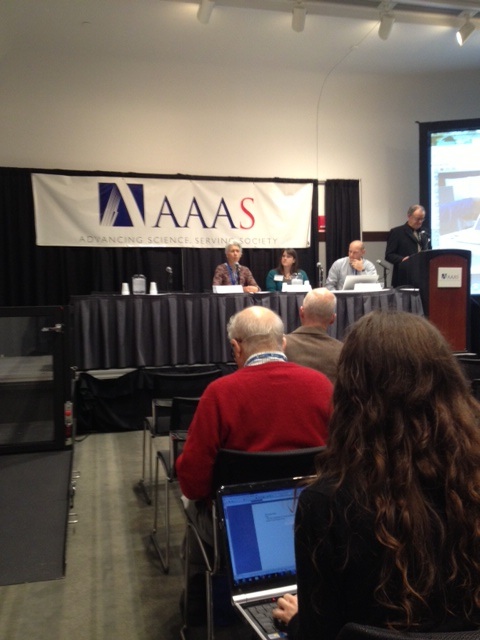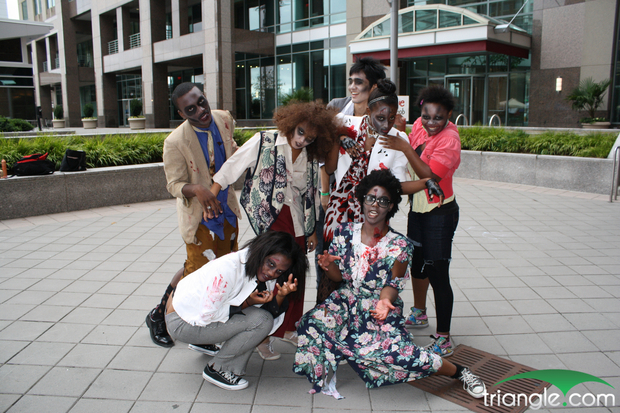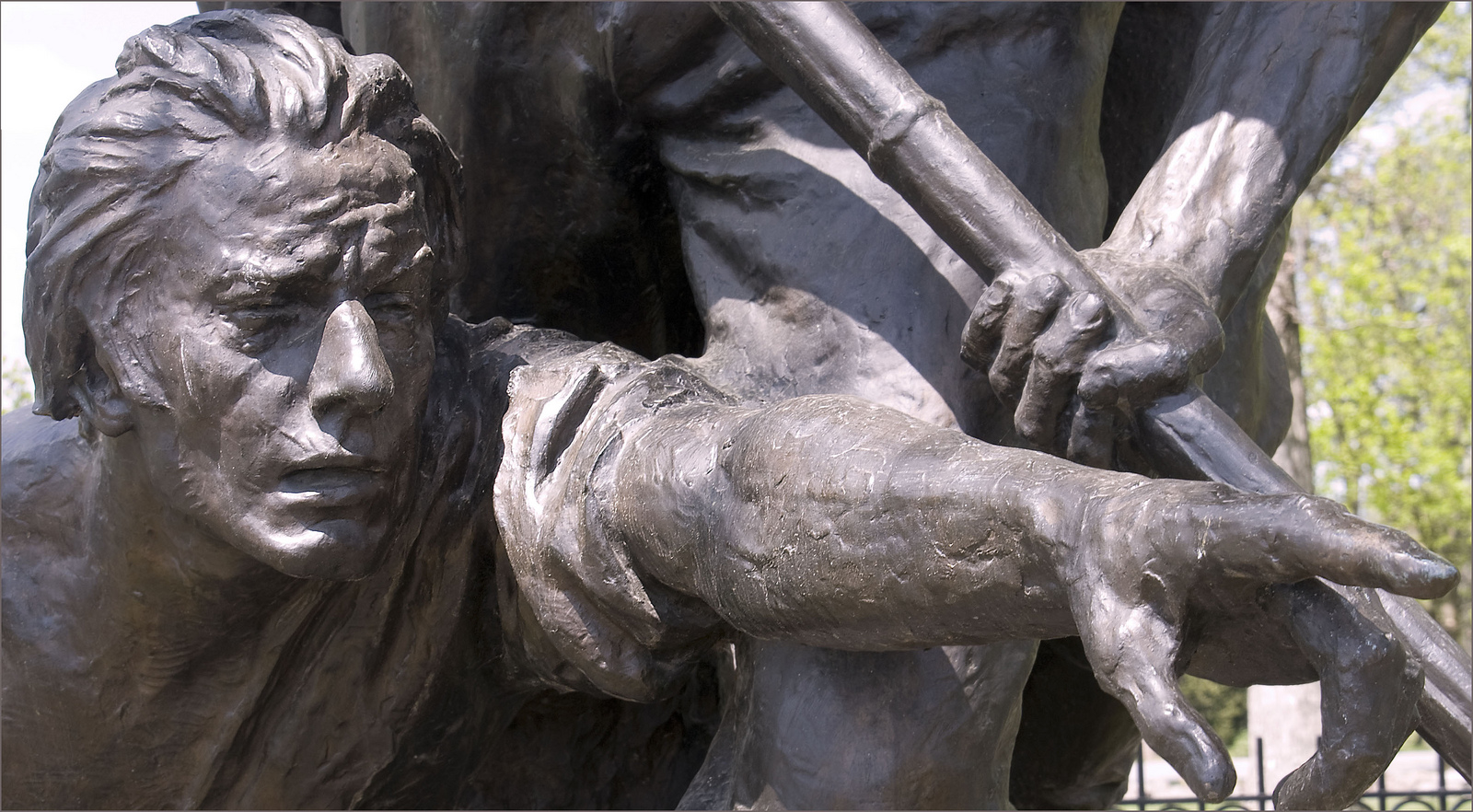A lot of people think that scientists and researchers spend all their days and a lot of their nights toiling away in sterile, dimly lit labs, sequestered from students and the rest of the university community. Every once and a while, they may shout “Eureka!” to an unaware, but appreciative group of students and staff as they uncover the cure for a disease or add an extra letter to a really cool-looking math equation.
That’s not how research is done at Penn State. You’ll find research and teaching are tightly woven together in a positive feedback loop here. Research inspires lessons, which inspires students, which, in turn, inspires more research.
That’s especially helpful when you face an apocalypse.
Continue reading Lights Out! Penn State Students and Researchers Face the Apocalypse




